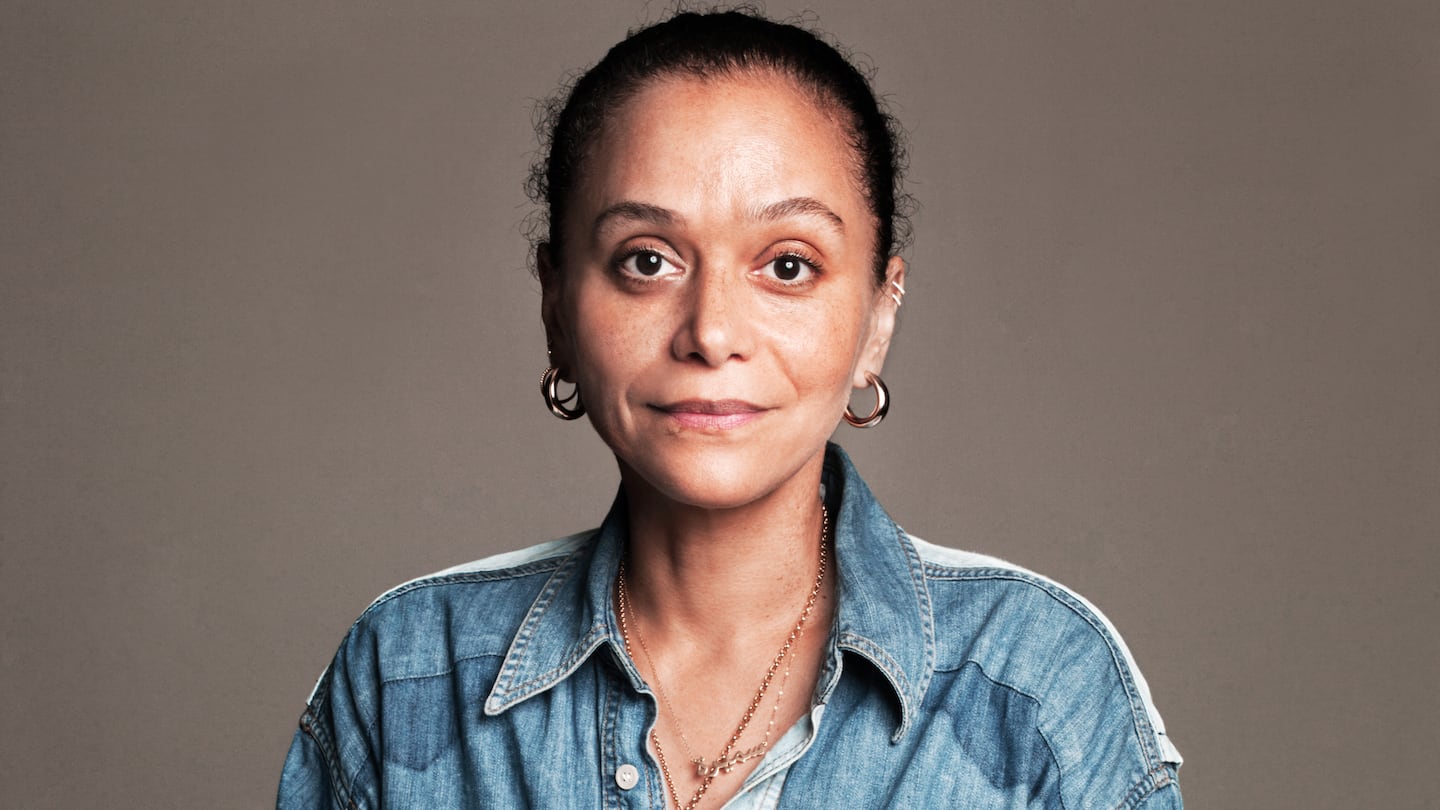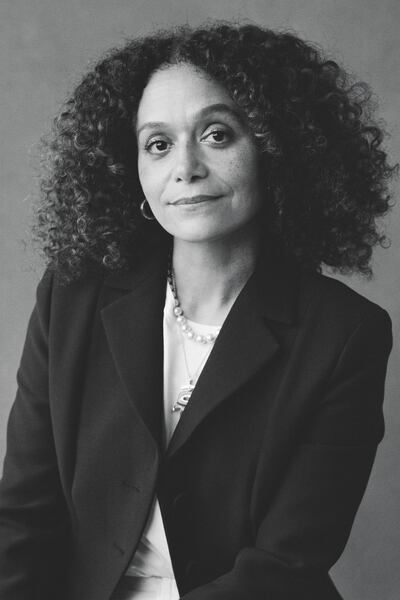
The Business of Fashion
Agenda-setting intelligence, analysis and advice for the global fashion community.

Agenda-setting intelligence, analysis and advice for the global fashion community.

This year, Snapchat has partnered with BoF to platform three new members of the BoF 500 that represent innovation across business, creative and technology categories. The first innovator to be profiled is Samira Nasr, editor-in-chief of Hearst-owned Harper’s Bazaar.
Named editor-in-chief of the title in July 2020, Nasr became the first-ever woman of colour to hold the position at the magazine in its 154-year run. Today, the editor believes that innovation and intention are at the core of her work.
Upon her arrival at the magazine, she orchestrated a complete redesign of the publication to ensure a clearer vision of what certain franchises look like — promoting newness across channels and formats to attract, engage and include new communities by bridging interests and culture.
Nasr played a vital role in heading up the brand’s website, which has an average of 12.5 million monthly unique users. Her first March issue launched in the pandemic, and was wholly online.
As a member of Council of Fashion Designers of America’s Black Advisory Board, Nasr is responsible for the CFDA’s efforts on inclusivity, diversity and equality. In addition to working with top fashion magazines in publishing, she has also styled campaigns for fashion and beauty brands, including Tiffany & Co., Tory Burch, Laura Mercier, Estée Lauder, L’Oréal, Clarins and more.

Now, BoF sits down with Samira Nasr to hear how she promotes and nurtures innovation in both the publication that she leads and her own professional path, and why in her view a fear of failure is the biggest blocker to successful innovation.
How important is innovation at Harper’s Bazaar?
I like to say that we are at the intersection of luxury, fashion and culture. We have to bring innovation — and not just technological innovation [now that] we can reach our audiences on different platforms. In order to exist in that space, we have to reconsider how we do things and how we tell stories and who gets to tell those stories.
I like the word “bridging”. I’d like to think that we are extending a bridge into other communities to join us and to contribute to the work that we do on all aspects of it. It’s not just the people in the magazine — it’s the people behind the camera; it’s the people writing the stories; it’s the people who are on the team.
What advice can you share on how to nurture innovation?
I would say don’t be afraid of failure. I’ve never been afraid of failure. I think that innovation often comes when you can free yourself up from the weight and the pressure of failure and the fear of failure.
Also, when you can fail and consider what went wrong, you can improve upon it. I think there’s something very debilitating when we are just constantly scared to fail. Innovation happens when we can fail and understand what went wrong and try again. It also happens when we can take a leap of faith and just go for it.
Innovation often comes when you can free yourself up from the weight and the pressure of failure.
I would also say innovation happens when we can dream. Let go of the fear of failure but also make sure there is time to set intention to your work and allow yourself to dream.
How do you maintain innovation across the publication through diversity, inclusion and equality?
When you have a team that reflects different communities, it feels more effortless. I hope that everyone on my team knows that they can bring their full selves [to work] and I welcome them to bring their full selves to everything that we do. When you have a team that reflects the world, that is as diverse and connected to as many different communities as possible, they represent those bridges and they bring that to the work.
I hope we can continue to bridge communities and welcome more people in and foster a work environment that makes people feel safe to bring their full selves and their experiences into the space that we work.
Kaitlyn Greenidge is our features director. She’s an accomplished Black novelist. I can’t believe it, but she’s the first woman of colour to hold this title at Harper’s Bazaar. I can’t speak for other titles, but that shouldn’t be considered as innovation. She shouldn’t be the first, but she is. When I speak to her about story ideas or writers for things, her community reflects her truth and experience. She brings all of that, so I think that innovation can happen in who you allow for and make room for at the table.
How is the technology-driven consumer landscape shaping opportunities in the future?
I think that innovations in technology are only allowing us to grow our communities and giving us more ways to tell stories. There [are] certain things that work in print, that don’t work, for example, on social media, and vice versa. But having that ability is just incredible. We have to work harder and we have to reconsider how we tell stories and how we engage with our audience on these different platforms.
Innovation can happen in who you allow for and make room for at the table.
Once upon a time, Harper’s Bazaar only existed in print form. You could only reach that audience, which was a very specific audience and so when people say, print is dead, it’s not at all true. It’s just that now, we get to, with technology, reach our audiences on different platforms and we get to build a bigger community. There are people who consume us only in print; there are people who consume and connect with us only on their devices; there are people who engage with us only on social media.
All of this technology is not taking away from one particular medium. It is just adding to it and it is giving us more ways to connect with people. If you don’t have access to the print because you live in another country et cetera, you can reach us online and we can connect there.
What does the BoF 500 mean to you?
It is such a profound honour. First of all, to be recognised by The Business of Fashion, that is everyone in this industry’s go-to. But also to be recognised in a group of my peers. It’s not just you — it is this collective. I really believe that. We all have these incredible jobs — we are part of an ecosystem, we are a community, and we need to support one another. And so, to be considered as sort of an “innovator” among my peers whose work I deeply respect and admire and look to for inspiration, is a true honour.
This is a sponsored feature paid for by Snap as part of a BoF partnership.
From analysis of the global fashion and beauty industries to career and personal advice, BoF’s founder and CEO, Imran Amed, will be answering your questions on Sunday, February 18, 2024 during London Fashion Week.
The State of Fashion 2024 breaks down the 10 themes that will define the industry in the year ahead.
Imran Amed reviews the most important fashion stories of the year and shares his predictions on what this means for the industry in 2024.
After three days of inspiring talks, guests closed out BoF’s gathering for big thinkers with a black tie gala followed by an intimate performance from Rita Ora — guest starring Billy Porter.